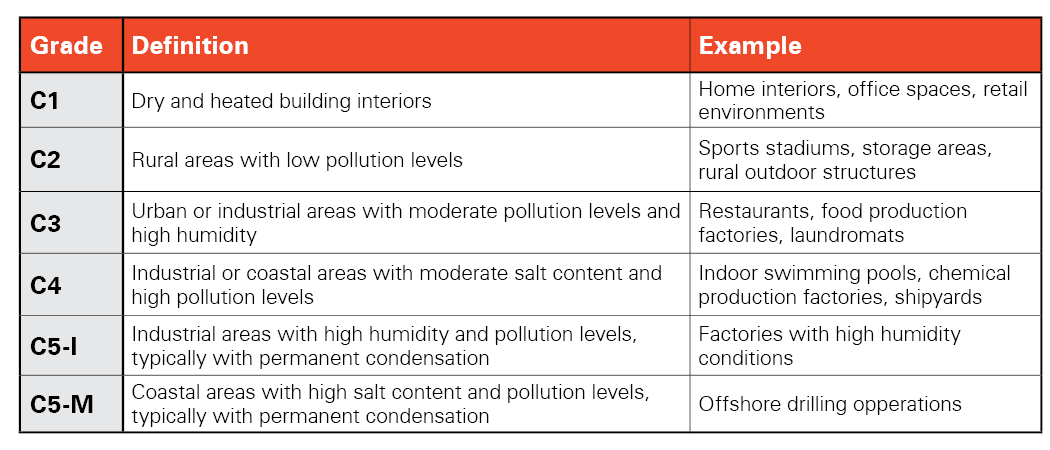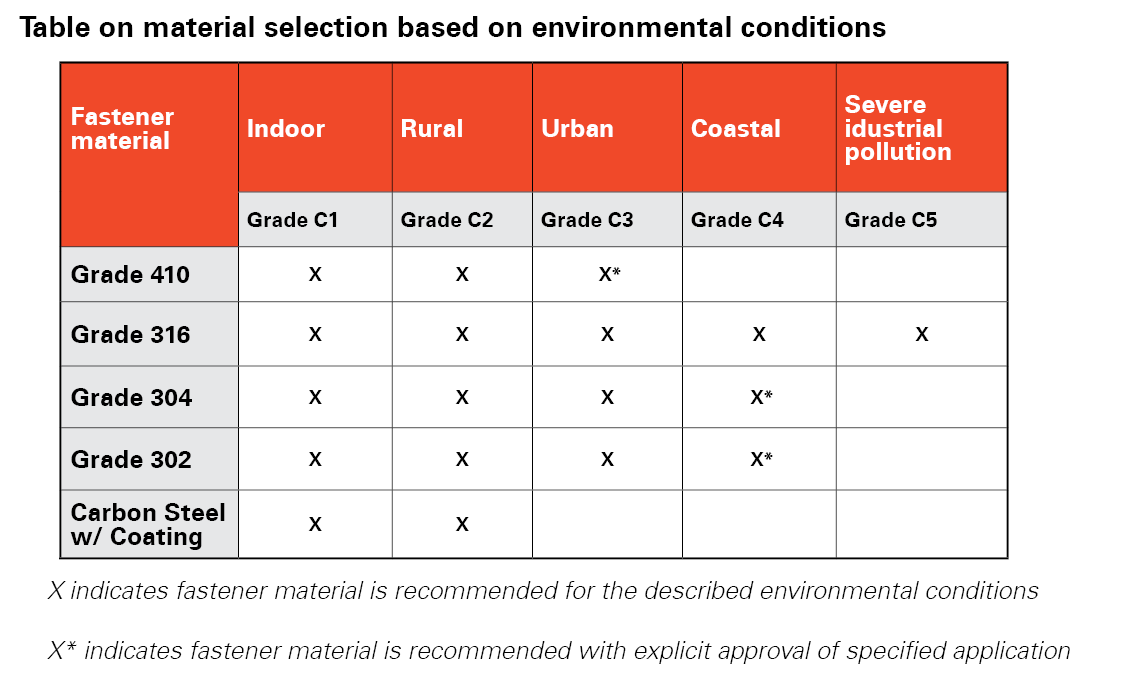How to detect & prevent hydrogen-assisted stress corrosion cracking
Hydrogen-assisted stress corrosion cracking (SCC) is a major concern for projects leveraging parts that are sensitive to corrosive materials. Hydrogen-assisted SCC typically impacts metals and metal alloys and can cause catastrophic failure to projects.
Unfortunately, hydrogen-assisted SCC often goes undetected until it’s too late. As a result, it’s critical to understand cracking risk factors, strategies for early detection, and prevention techniques.
What is stress corrosion cracking?
Hydrogen-assisted stress corrosion cracking is a series of small cracks that present themselves in material after exposure to a corrosive environment, high temperatures, high tensile or shear stress, or a combination of these factors.Hydrogen-assisted stress corrosion cracking is definitively different from hydrogen embrittlement, although the two are often confused. Hydrogen embrittlement is caused by hydrogen that is present within the fastener. Meanwhile, hydrogen-assisted SSC occurs due to external factors such as corrosion and loading.

– What causes stress corrosion cracking?
Stress corrosion cracking happens when tensile stress is too high in a strong on material in a corrosive environment. SCC can happen as a result of direct or residual stress and is also impacted by the build-up of corrosive materials in confined spaces.Chemical corrosion isn’t the only factor that can cause issues. Galvanic corrosion is the most likely root cause of SSC, where dissimilar metals are in contact with each other.
Stress corrosion cracking typically impacts metal and metal alloy materials. However, SCC is more common in alloys than pure metals. This is because the chemical environments causing hydrogen-assisted stress corrosion cracking in alloys, is often only mildly corrosive to the metal.
Additionally, only relatively hard metals are susceptible to hydrogen-assisted SSC. Once steel gets above 34 Rockwell C, this becomes a concern. Below that number, SSC is not an issue. This is why we offer the Flex5 Grade5 line of fasteners, made of Grade 5 Carbon steel.
SCC is chemically specific — certain metals and metal alloys corrode in different chemical environments. In certain scenarios, even minimal concentrations of active chemicals can lead to catastrophic cracking. Chlorides and hydrogen sulphide are common corrosive chemicals to watch out for.
SCC is chemically specific — certain metals and metal alloys corrode in different chemical environments. In certain scenarios, even minimal concentrations of active chemicals can lead to catastrophic cracking. Chlorides and hydrogen sulphide are common corrosive chemicals to watch out for.
How can you detect stress corrosion cracking?
Hydrogen-assisted stress corrosion cracking can progress quickly and go undetected up until the point of failure. This happens because parts with severe SCC can appear completely fine to the naked eye, but are filled with microscopic cracks.In the past there was no way to detect hydrogen-assisted stress corrosion cracking until it was too late. Today, phased array ultrasonic testing (PAUT) can detect location, size, and intensity of corrosion cracks. PAUT works quickly, enabling high-resolution inspection of large surfaces.
Phased array ultrasonic testing is a non-destructive testing technique, which leverages pulsed beams to survey materials, pinpointing cracks not visible to the human eye. PAUT is a powerful tool for identifying concerns before catastrophic failure occurs.
It is necessary to note that phased array ultrasonic is gives an instantaneous measurement. Meaning, the measurement cannot be trusted for the entirety of the materials life time. All materials are subject to ever-changing conditions, meaning the measurement that was once taken, may no longer be accurate in a short period of time. Although PAUT is a great way to survey your materials, it should be done often, in order to account for changes that the material experiences.
How can you prevent stress corrosion cracking?
It’s essential to be mindful of potentially corrosive environments and high temperatures. ISO grades environments by their level of corrosivity, ranging from C1 through C5-M. This scale was developed leveraging long-term degradation testing.
C1 starts on the “Very Low” end of the scale, representing heated, clean buildings, such as schools and newer office buildings. As you move toward more corrosive environments, the classification increases, up to C5-1 representing “Very High Industrial” and C5-M, “Very High Marine.” These categories represent high-activity industrial areas, such as high-humidity factories, and spaces exposed to salt spray, like offshore drilling operations, respectively.

Especially when developing a project for a setting on the more corrosive end of the spectrum, it’s critical to leverage materials with a lower likelihood of corrosion and ensure fasteners have the appropriate tensile strength required for anticipated stress.
For fasteners that will regularly come in contact with moisture, chemicals, animal waste, and low concentrations of salt, 304 stainless steel is the best option. Meanwhile, fasteners that will be exposed to more corrosive chemicals, such as chlorides and higher concentrations of salt, 316 stainless steel is the best commercially available option.
Learn more about the differences between 300 and 400 stainless steel.
Tensile strength, or pull-out strength, should always be considered with fastener selection as well. External forces, fastener length, and the type of material you’re driling into all impact tensile strength and should be considered. All SFS fasteners are rigorously tested to determine the standard average tensile strength.
Explore further considerations for calculating pull-out strength.
Minimize hydrogen-assisted stress corrosion cracking in your next project
Hydrogen-assisted stress corrosion cracking can quickly become a catastrophic concern. By understanding the potentially corrosive nature of your project’s environment and strategically selecting materials based on that information, you can minimize your risk.SFS prides itself on being more than a manufacturer; we are also our customers’ strategic partner, consulting about ideal connectors, fasteners, and other construction considerations. If you’re still unsure about how to approach your next project to avoid the risk of catastrophic failure as a result of hydrogen-assisted stress corrosion cracking, members of the SFS team are ready to help. Call 610-376-5751 to consult with a specialist

 English (Canada)
English (Canada)
 čeština (Česká republika)
čeština (Česká republika)
 magyar (Magyarország)
magyar (Magyarország)
 Deutsch (Deutschland)
Deutsch (Deutschland)
 eesti (Eesti)
eesti (Eesti)
 español (España)
español (España)
 português (Portugal)
português (Portugal)
 suomi (Suomi)
suomi (Suomi)
 français (France)
français (France)
 English (United Kingdom)
English (United Kingdom)
 italiano (Italia)
italiano (Italia)
 Nederlands (Nederland)
Nederlands (Nederland)
 norsk, bokmål (Norge)
norsk, bokmål (Norge)
 polski (Polska)
polski (Polska)
 svenska (Sverige)
svenska (Sverige)
 Türkçe (Türkiye)
Türkçe (Türkiye)

